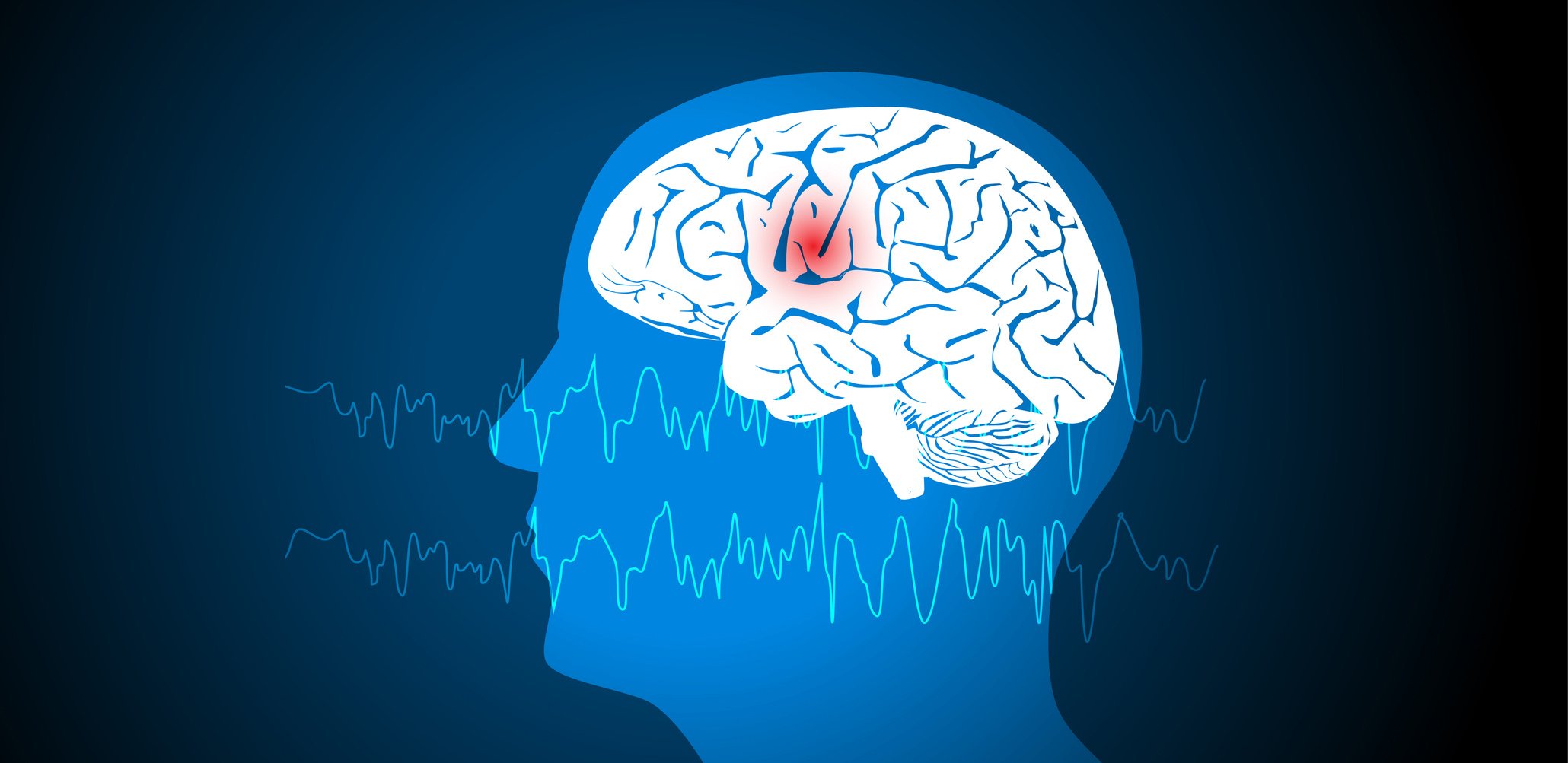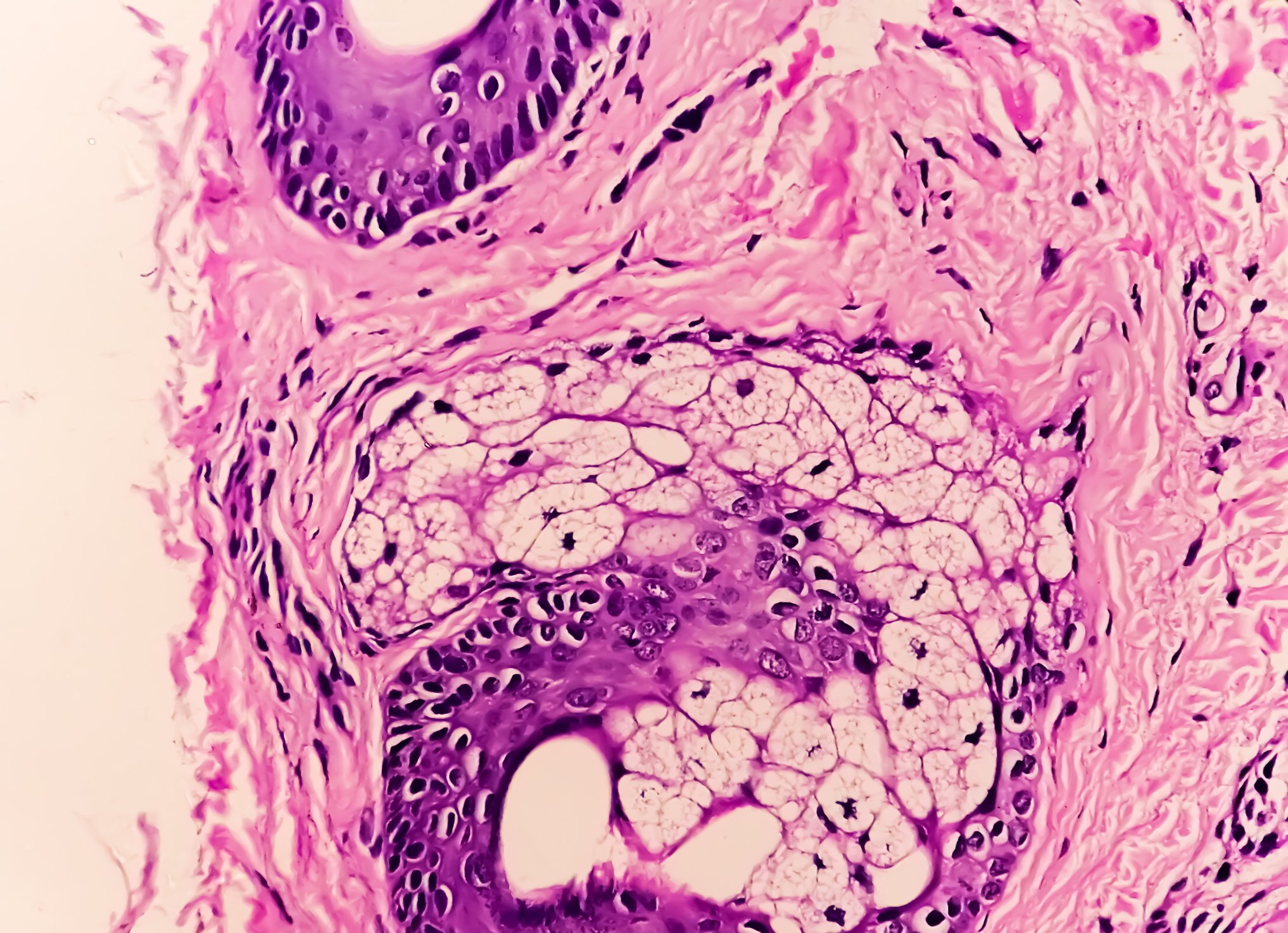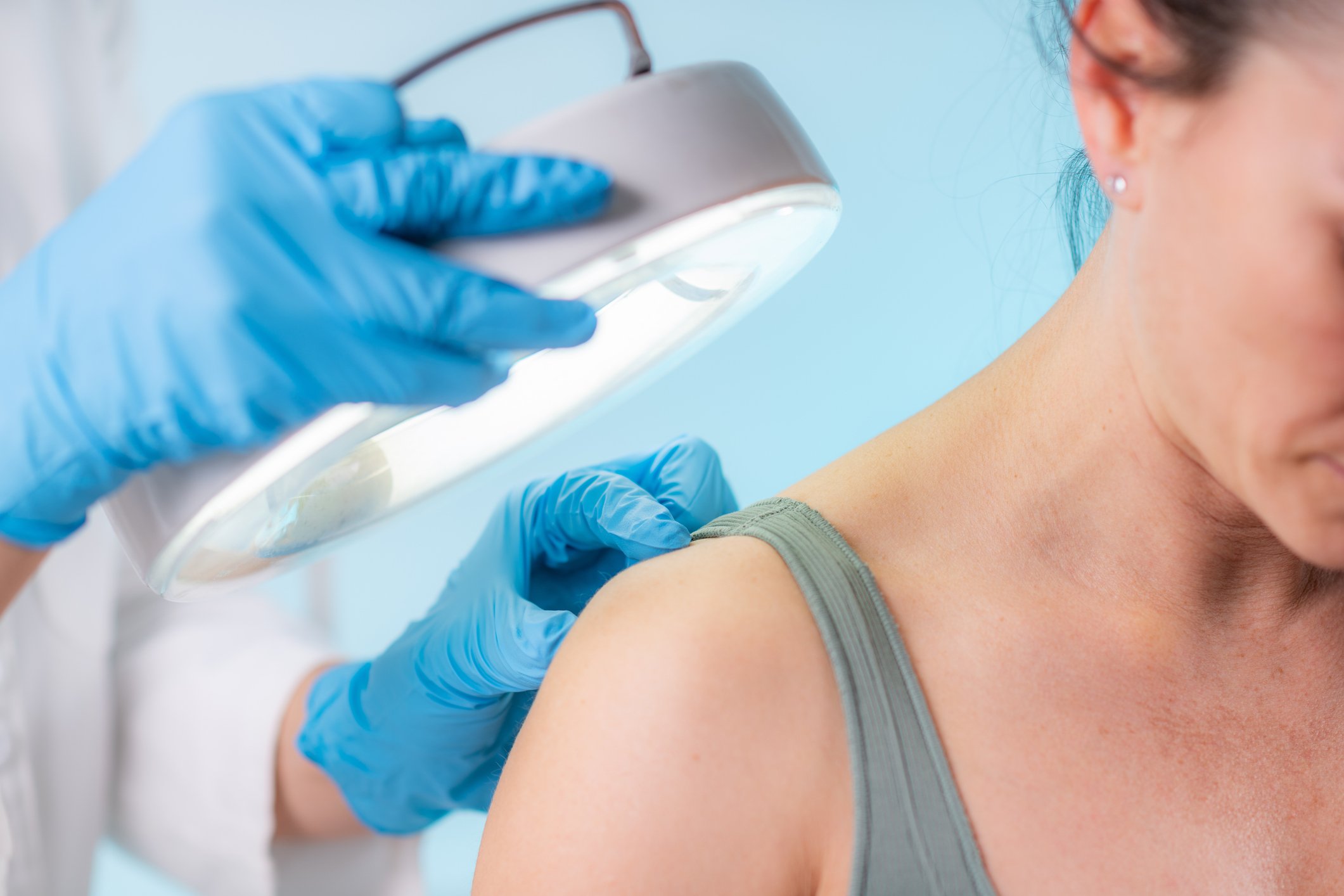The perceived stigma associated with cancer significantly reduces quality of life. German researchers showed this for the first time in a large-scale study.
Looking at the available data, it is striking that there are few studies on the subject overall. Existing studies were mostly limited to small samples that were highly selected, making general conclusions difficult. Moreover, there was a lack of methodological stringency and quality [1].
Large survey under German management
The study team led by PD Dr. phil. Jochen Ernst of the University of Leipzig therefore deliberately broadened the scope, including not only lung cancer patients (as in many previous studies), but those with either breast, colon, lung or prostate cancer from two German cancer registries (Dresden and Leipzig). The 858 respondents answered the German version of the Social Impact Scale (SIS-D) and the EORTC Quality-of-Life Questionnaire.
The SIS-D is a validated instrument. It comprises four dimensions with different items, each of which is surveyed on a four-point Likert scale [2]:
- Social rejection (6 items) such as “I feel that others avoid me because of my illness”.
- Financial insecurity (3 items) such as “I have experienced financial crises due to the disease that have affected my relationships with others”
- Internalized sense of shame (6 items) such as “I feel that I am at least partially to blame for my disease” (especially relevant for tobacco-associated cancers).
- Social isolation (9 items) such as “I feel lonely more often now than before I had the disease.”
Originally, the self-report instrument was developed to compare stigma patterns between HIV/AIDS sufferers and cancer patients. Both the perceived reaction of the outside world to the disease and its actual effect on the inside, i.e. on the patient’s own feelings are reflected in the questionnaire.
The majority of the German EORTC QLQ-C30 version is also four-level. In several multi- and unidimensional items, it measures the physical, role-related, social, emotional and cognitive functionality of the respondent as well as symptoms (e.g. pain, fatigue, appetite) and other effects of the disease such as financial burden, etc. For their analysis, the authors focused on the first five scales (e.g. “Is it difficult for you to take a long walk?”). For their analysis, the authors focused on everyday functionality, i.e., the first five scales mentioned (e.g., physical functionality: “Do you find it difficult to take a long walk?”).
Isolation in particular is on the rise
On average, participants were 60.7 years old, about half were men, had been diagnosed for just over two years, and the majority were receiving treatment. The highest stigma scores were found in the social isolation domain (the lowest in social rejection and internalized shame). Overall, they were in the low (to moderate at most) range, with men with prostate cancer seemingly least likely to feel stigmatized in some way by their disease. The possibility that the differences might depend on gender rather than cancer type could be ruled out. Only with regard to financial insecurity did gender play a significant role (more frequently among men).
The perceived external reaction to the cancer diagnosis is of great relevance for those affected. As a result of this, they assess their lives and activities in society significantly differently than before the diagnosis: all five dimensions of the quality of life of breast cancer patients were significantly determined by stigmatization. Potential confounders such as age, sex, depression, and time of diagnosis were controlled. For other cancers, the correlation is somewhat less pronounced, although still clearly evident. Lung cancer sufferers, for example, felt their emotional functionality was most affected by stigma.
What can be done about it?
The inverse relation between perceived cancer-related stigma and various dimensions of quality of life across different cancer conditions is noteworthy – even if the absolute extent of perceived stigma may fortunately be relatively low. The crucial point is that stigmatizing concepts and actions of third parties (i.e. healthy persons) were not directly surveyed, but the negative processes in the patient himself, i.e. the indirect reflection of such actions. The more strongly the cancer “stamp” was perceived, the more difficult it was for those affected to cope with everyday life.
Since it is about a perception of the outside world – which, by the way, does not necessarily have to correspond to reality – possible relief strategies start with the patient. Whether imagined or real, stigma has tangible consequences in the emotional world of those affected. There is a risk of long-term psychosomatic effects that compete with the actual side effects and symptoms of the cancer disease and treatment and may persist beyond the therapy period. Gender-related self-image and sexual life – especially in the case of breast and prostate cancer – are also affected, sometimes severely, and cause great distress.
How can the circle of self-blame, tabooing, shame and feelings of inferiority, demarcation and isolation be broken? Which communication strategies can help to inform the environment about the state of affairs and generate understanding and support resp. to claim? Where are the legal limits, where can patients find support and information?
Questions to address when cancer is diagnosed. It should be noted that, despite the new data, the problem is still likely to be underestimated: after all, a good 50% of the respondents were retirees and thus less regularly involved in professional (i.e. social) interactions, from which feelings of stigmatization can arise.
In a nutshell
- Cancer patients feel stigmatized by their disease.
- The quality of life suffers severely as a result.
Source: Ernst J, et al: BMC Cancer 2017; 17: 741.
Literature:
- Chambers SK, et al: BMC Cancer 2012; 12: 184.
- Eichhorn S, Mehnert A, Stephan M: Psychother Psychosom Med Psychol 2015; 65(5): 183-190.
InFo ONCOLOGY & HEMATOLOGY 2018; 6(1): 4.











